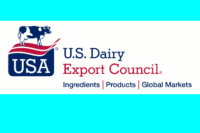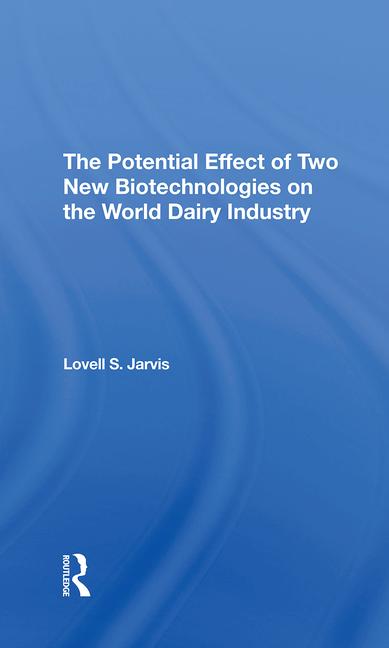
World Demand Overshadows U.S. Butter Supply
by Dave Kurzawski
While commodity futures markets from Class III to soybean oil have kept buyers and sellers on their toes, the cash-settled butter futures market has calmly drifted sideways since the beginning of June.
Commodity futures prices are notorious for carrying
big premiums or deep discounts based on perceptions of future value. Those
price disparities have seemingly evaded the butter futures market lately as
prices have reflected a more sensible 1- to 1?-cent cost of carry structure
from the spot price. But to those whose bottom line is sensitive to the
price of butter, the winds of value may not be so calm to finish out the
year.
Although the latest Dairy Products Report showed
butter production 9.3 percent above year ago levels, the production trend
is lower. In typical fashion, U.S. butter production has fallen since the
beginning of the year from over 150 million pounds in January to just over
110 million pounds in June — still plenty of production and inventory
to quell U.S. demand.
We’re not looking at a supply issue here in the
states. But just as the U.S. butter picture looks rosy for butter buyers,
the world picture is quite a bit different.
Due to severe drought conditions in major milk
producing regions of Australia, milk production there is estimated to have
fallen by more than 5 percent in 2006-07. Persistent drought siphoned
irrigation water, causing reduced pasture growth and driving feed costs
sharply higher. Any rainfall received earlier this year has not been enough
to right the problem and expectations are for a continued loss of milk
production.
That loss has then markedly reduced dairy exports.
Estimates vary, but it’s safe to say the value of dairy exports out of Australia has declined by
about 12 percent over the past year.
In the European Union — another of the
world’s large dairy product exporters — milk production is
expected to grow by 1.5 to 2 percent in 2007. That production is expected
to be largely offset by strong EU demand. The effects of strong domestic
demand and a slow growth outlook, which have rationed those available
supplies by pushing EU butter prices to more than $2.40 per pound, are
amplified by the recent export subsidy cutbacks of the European
Union’s Common Agricultural Policy. Those cutbacks will only further
hinder dairy product exports.
So what does the admittedly brief world overview mean
for the price of U.S. butter? So far, not much. There has been no wall of
worry to climb as U.S. butter buyers are quite comfortable with the supply
of milk flowing into butter/powder plants. The same milk that goes to make
high-priced nonfat dry milk to quench the world’s thirst is also
making pallets and pallets of butter.
Since the end of May, the CME Spot Butter price has
had a 10-cent trading range, with the high-end stalling in the mid-$1.50
range — not what I would call a “sleeping market,” but
not nearly as volatile as other commodities.
Still, butter’s day for volatility may not be
too far off. If butter consumption at home and abroad remains strong over
the next year, the risk of substantially higher butter and cream prices
will undoubtedly grow.
For now, I’m not too concerned with U.S. supply.
The best bull markets in history are demand-driven.
Dave Kurzawski is a senior broker with Chicago-based
Downes-O’Neill LLC.







